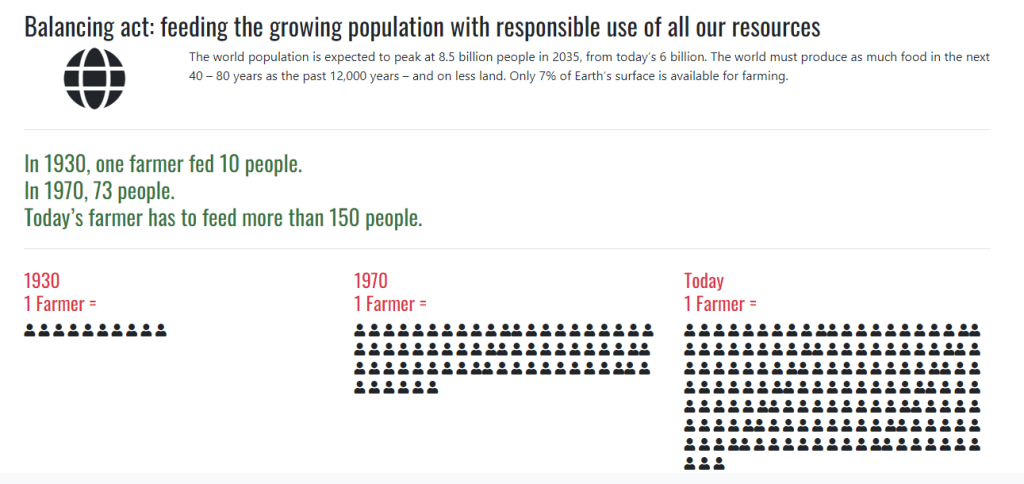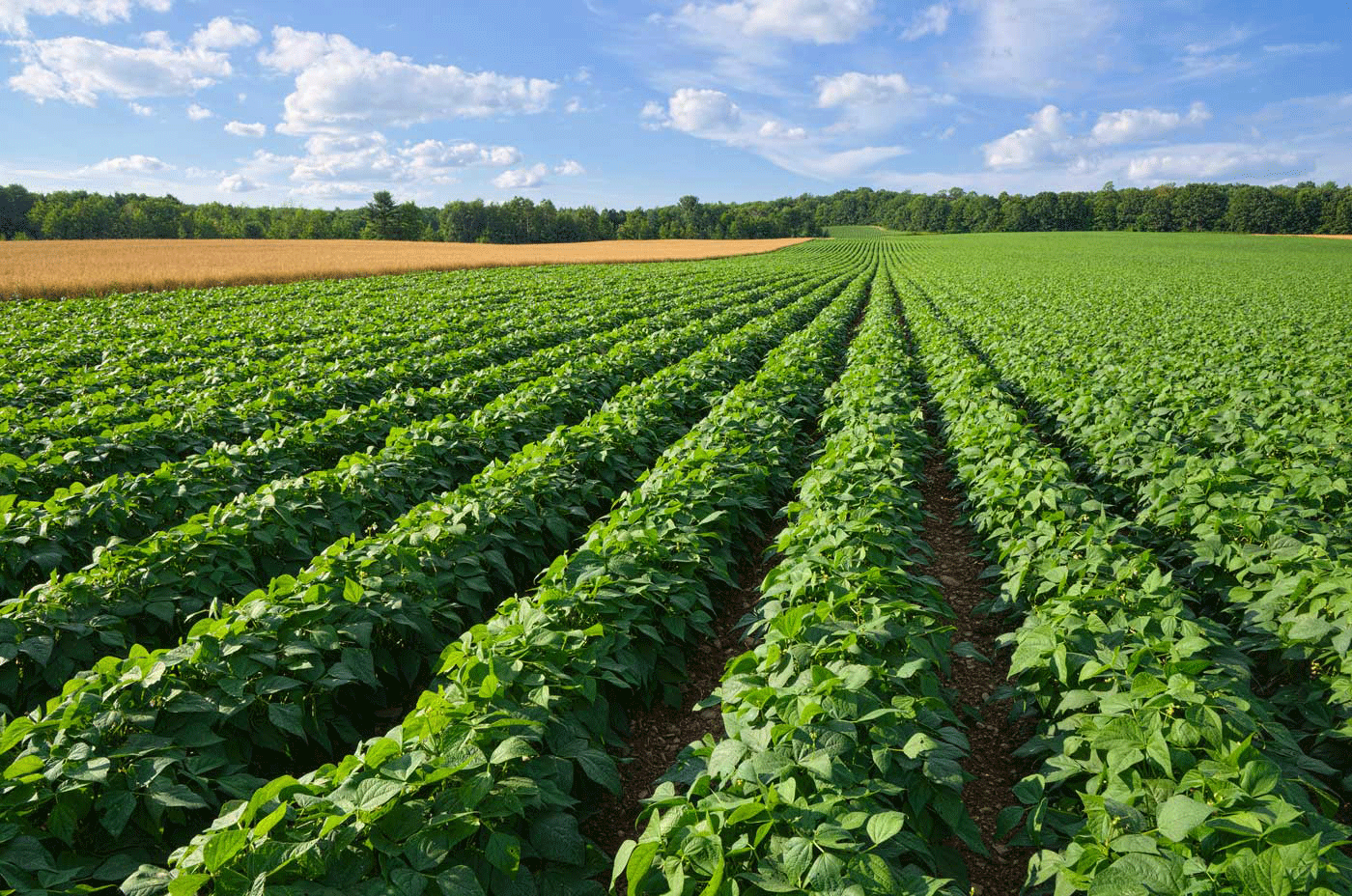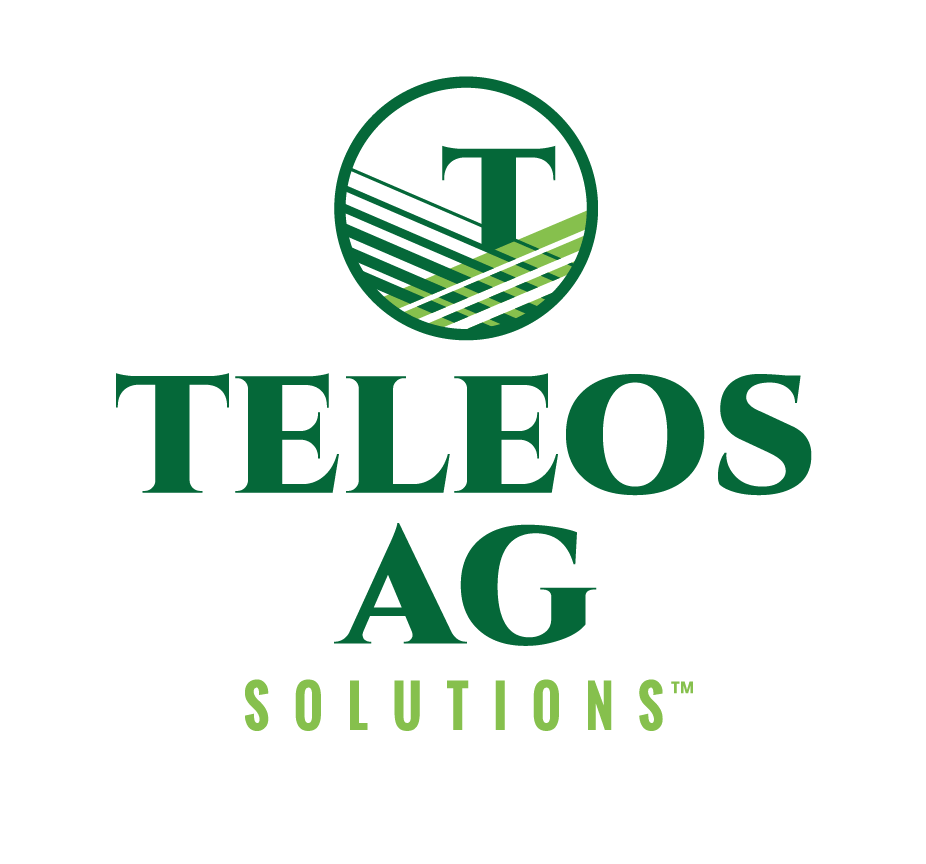Over the past few decades, the term sustainability has become more engrained in everyday use, but the term is often difficult to clearly define. At its most basic definition, the Merriam-Webster Dictionary defines sustainability as “of, relating to, or being a method of harvesting or using a resource so that the resource is not depleted or permanently damaged.” In other words, sustainability is about managing resources in order to ensure there is enough for future generations.
As the term sustainability has evolved, several scholars agree that the term needs to consider the complexities of real world constraints. A holistic view of sustainability considers the environment, economics, and social implications like affordable accessibility to food. Using this holistic approach to sustainability, we are able to support farmers to be more sustainable in their operations, by helping them to maximize what they grow in a limited space. Farmers are facing immense pressure to feed a growing global population, with limited space, while being challenged to keep food affordable as input costs rise.
What is Sustainable Agriculture?
There are many practices farmers use to be more sustainable in their operations—from minimizing water usage to promoting soil health to lessening fertilizer use. Farmers are tasked with managing costs, maximizing production efficiencies, and continuing to feed the world—all while keeping food affordable and ensuring global food security. At Teleos Ag Solutions, we are proud to help farmers be more sustainable by providing them with nematode management solutions that help them be more efficient in their operations while maximizing crop yield and quality.
Soil fumigation is a key tool that growers have when they consider how to minimize other inputs. When growers use TELONE™, it allows them to use less pesticides overall, be efficient with water use, and maximize output on limited land. Farmers understand that a big part of sustainability is making sure to care for the land they have, and that includes managing destructive pests and soilborne diseases. Healthy plants require less fertilizer, less pesticides, and less water due to a healthy root system; healthy roots can uptake water and nutrients efficiently. When nematodes compromise root health,
the vascular system stops functioning properly and can’t take in water, with much of the irrigation water being wasted—and we don’t have water to waste.
According to a study in Prodcedia Environmental Sciences, “plant parasitic nematodes are causing much more damage annually compared to insect pests. A crop yield loss due to these tiny unseen pests in various countries is enormous. They caused projected yield loss of 12.3% ($157 billion dollars) worldwide.”[1] The study goes on to say that nematodes present a huge threat to global food security, causing even more damage than insects, because they are microscopic in size and often hard to identify. The report further states that “future agricultural growth must come from productivity growth to address the persistent problems of poverty, food insecurity and malnutrition,” and goes on to recommend integrated pest management plans and the use of targeted soil fumigation to help farmers manage yields and sustain their agricultural operations.
Soil fumigation plays a key role in helping us to use our resources wisely. Pest-free and productive soil is crucial to efficient use of land, water, and energy resources for crops.
Why is Sustainable Agriculture Important?
Sustainable agriculture is important because we have finite resources, but a growing global population. Therefore, farmers need to understand how to manage their resources wisely in order to ensure they can continue to grow food for the world.
According to the Food and Agriculture Organization of the United Nations (FAO), global food demand is expected to increase 70% by 2050–and food prices are expected to rise as much as 100 percent during the same that time period[2]. Therefore, sustainable agriculture will be vital to increasing productivity while confronting significant environmental constraints and challenges.
The FAO goes on to say that there are more than 80,000 plant diseases, 30,000 weed species, 10,000 insects and 3,000 worms that can all negatively affect global crop production, and without crop protectants, the average consumer would spend 30 – 40% more of their income on food! “Between 26% and 40% of the world’s potential crop production is lost annually because of weeds, pests and diseases, and these losses could double without the use of crop protection practices. Studies estimate that the food produced today with the yield levels of 1961 would require an additional 970 Mha, or more than the total land area of the United States. Crop protection products also play a major role in water conservation by efficiently controlling invading alien plants that threaten scarce water resources.”[3]

Climate Change and Sustainability
As climate change continues to worsen, the pest problem will continue to worsen. Recent studies show that climate change threatens the ability to meet the crucial 70% yield-increase needed to feed the growing global population[4]. Estimates show that climate change effects have already reduced global agricultural production by 1-5%, per decade, and with warming global temperatures and increased rainfall, this number is expected to accelerate as nematodes and plant pathogen populations continue to rise[5]. In other words, as the world gets warmer and wetter, we will see nematode populations grow—making it more vital than ever for farmers to have options to combat these destructive pests.
Another part of this equation is helping growers maintain soil health as they manage their resources. Soil health is achieved through the suppression of disease and also managing the physical chemical/biological components of soil health through things like water/nitrogen/carbon cycling—all while growing crops and managing real-world economic pressures.
New data[6] reveals that TELONE™ gives the soil a kick-start by targeting destructive plant parasitic nematodes thereby, supporting microbial populations through enhanced plant root development. Advances in scientific genome sequencing now show that soil fumigation with TELONE™ does not sterilize the soil, but rather may cause, at worst, a short-term and slight reduction in microbial populations which rebound in as little as six weeks post-fumigation.
How does Teleos Support Sustainability?
As the exclusive global distributors of TELONE™, we are passionate about managing destructive nematodes and helping growers be more efficient and sustainable in their crop protection practices by offering customized, targeted solutions for their pest management plants. Farmers are at the forefront of feeding the world, and we provide the best tool to manage nematodes and help them grow healthy plants, with higher yields, and improved quality.
In the United States, half of all produce is thrown away—often before it even hits store shelves! When produce is viewed as “blemished” or has “imperfections”—often caused by nematode or pest damage—it is not sold at retail or is even left to rot in the field. Globally, about one-third of food is wasted! This equals 1.6 billion tons of produce thrown away annually, with an economic value of approximately $1 trillion dollars[7] wasted. We give growers a powerful tool with TELONE™, so farmers can produce more quality crops in the same, or less, footprint.
By prepping the soil with TELONE™ or a TELONE™/Chloropicrin blend, growers are able to level the playing field against destructive plant parasitic nematodes and soil-borne diseases, essentially creating a clean slate from which to plant. If left untreated, soil with high nematode pressure and soil borne pathogens can wreak havoc on crops, leading to significant yield reductions and negative impact on quality leading to unsellable product.
This point cannot be stressed enough because while alternatives to fumigation exist, none are as effective, while being consistently regulated as safe and with no residuals. From its inception, TELONE™ has been exempt from having a residue tolerance by all regulatory agencies. This means that all regulatory agencies acknowledge and understand TELONE™ is considered a non-food product, and that once TELONE™ is applied (pre-planting), after degradation, there are no residuals remaining in the soil. In other words, no TELONE™ remains in the soil post fumigation period thus avoiding residues in the crop.
Conclusion
As the world’s population continues to grow, farmers face the immense challenge of continuing to provide affordable, quality food grown in a limited footprint. In order for farmers to be sustainable and ensure a stable food supply for future generations, they are using a variety of methods ranging from water efficiencies to soil fumigation in order to maintain yield output while protecting their land for future use.
[1] Singh, S., Singh, B., & Sing, A. (2015). Nematodes: A Threat to Sustainability of Agriculture. Procedia Environmental Sciences., Volume 29(2015), 215-216. https://doi.org/10.1016/j.proenv.2015.07.270
[2] FAO (2009, September 23). 2050: A third more mouths to feed. Food and Agriculture Organization of the United Nations. Retrieved March 22, 23, from https://www.fao.org/news/story/en/item/35571/icode/
[3] OECD/FAO (2012), OECD-FAO Agricultural Outlook 2012, OECD Publishing, Paris, https://doi.org/10.1787/agr_outlook-2012-en.
[4] Newbery, F., Qi, A., & Fitt, B. D. (2016). Modelling impacts of climate change on arable crop diseases: progress, challenges and applications. Current opinion in plant biology, 32, 101–109. https://doi.org/10.1016/j.pbi.2016.07.002
[5] Somasekhar, N., Prasad, J.S. (2012). Plant – Nematode Interactions: Consequences of Climate Change. In: Venkateswarlu, B., Shanker, A., Shanker, C., Maheswari, M. (eds) Crop Stress and its Management: Perspectives and Strategies. Springer, Dordrecht. https://doi.org/10.1007/978-94-007-2220-0_17
[6] Abdo, Z., Charkowski, A., Frost, K., Stewart, J., & Zeng, Y. (2019). Responses of Bacterial and Fungal Community Structure to Different Rates of 1,3-Dichloropropene Fumigation. Phytobiomes Journal. https://doi.org/10.1094/PBIOMES-11-18-0055-R
[7] Goldenberg, S. (2016, July 13). Half of all US food produce is thrown away, new research suggests. The Guardian. https://www.theguardian.com/environment/2016/jul/13/us-food-waste-ugly-fruit-vegetables-perfect
Disclaimer:
The resources and information provided are meant purely for educational discussion, contains only general information about legal matters, and is not to be construed as advice. Please note that any information or resources provided are not legal or regulatory advice, and should not be treated as such. You must not rely on the information provided as an alternative to legal advice from your attorney or other professional services. Teleos Ag encourages readers to consult with counsel, and their local, county, and state regulators. We make no representations or warranties, express or implied, in relation to the information provided through our resources and blog posts. It is the readers responsibility to know the laws related to 1,3- D, appropriate PPE, Licensing, etc., in his or her City, County, State, and Country.


